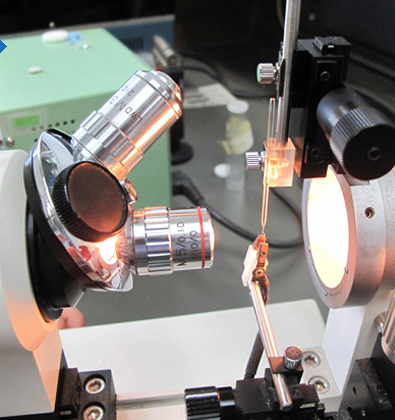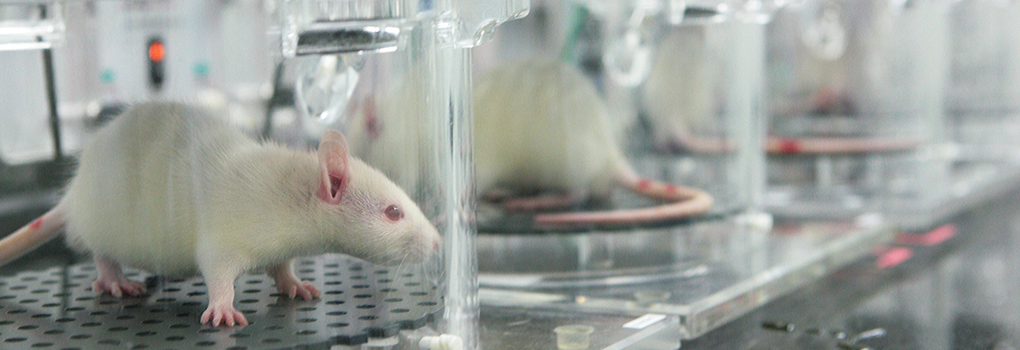BUSINESS
BUSINESSSafety Pharmacology
Introduction
In May 2005, Biotoxtech adopted the ICH’s guidelines for safety pharmacology (ICH S7A), QT Interval Prolongation (ICH S7B)m and clinical and non-clinical evaluation of QT/QTc Interval Prolongation and Proarrythmic Potential.
In October 2008, Biotoxtech became the first Korean company to receive GLP certification for Core Battery Tests, with GLP certification for hERG assays to follow in July 2013.
Our safety pharmacology studies evaluate the side effects of test substances in vivo on all core battery systems (the central nervous system, the respiratory system, and the cardiovascular system).
Follow-up studies and supplementary studies are conducted in close cooperation with the sponsor.

Our Studies (Applicable to OECD, JMHW, MFDS)

Central Nervous System Study
- Evaluates the effect on rats’ central nervous systems according to the Functional Observational Battery (FOB)
- Evaluates the effect on mice’s central nervous systems according to the Irwin Test
Cardiovascular System Study
- Evaluates the effect on beagle dogs’ cardiovascular systems under unanesthetized and unrestrained conditions using telemetry (in vivo)
- Evaluates the effect on hERG Channel Currents Expressed in Stably Transfected HEK-293 Cells (in vitro)
Respiratory System Study
- Evaluates the effect on respiratory system of rats using whole body plethysmography
Follow-up Studies
- Central Nervous System: barbiturate-induced sleep test, proconvulsive test, nociception : pain sensitivity
- Cardiovascular System: cardiac output, ventricular contractility, vascular resistance
- Respiratory System: pulmonary arterial pressure, blood gases, blood pH
Supplemental Studies
- Renal/Urinary System: urinary volume, specific gravity, osmolality, pH, fluid/electrolyte balance, proteins, etc.
- Autonomic Nervous System: test on smooth muscles of bronchus and uterus
- Gastrointestinal System: gastric secretion, gastric pH measurement and pooling, total acidity, transit time in vivo, ileal contraction in vitro